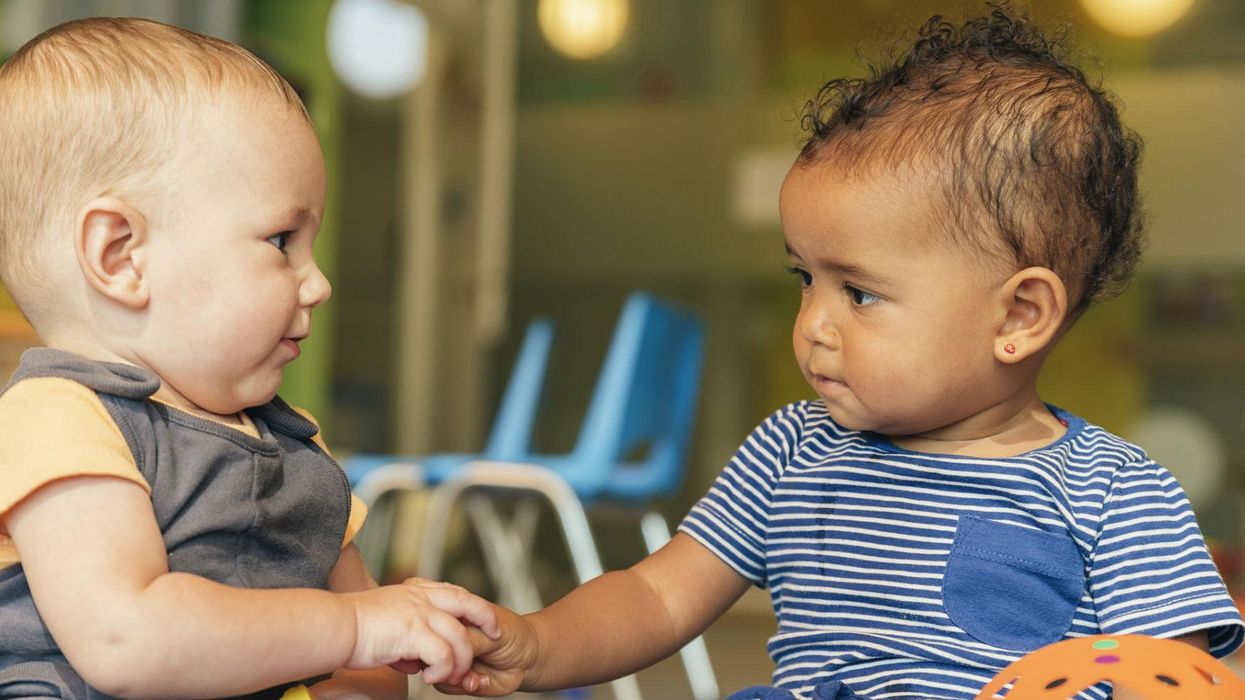News
Joe Vesey-Byrne
Nov 29, 2017

Picture:
iStock/Getty Images
The idea that racism does not exist in children has been challenged in a study from York University, Toronto.
According to Dr Jennifer Steele, the author of a study into reducing racial bias in children, white children show an implicit pro-white bias when shown images of both white and black children.
Over three studies, including 350 participants aged 5 to twelve; York University researchers claim they established a pro-white bias.
The paper, published in the journal Child Development in 2016, used a child friendly version of the established 'Implicit Association Test'.
Results from these tests showed that both younger (five to eight-year-olds) and older (nine to 12-years-olds) had a greater automatic positivity toward white kids.
Dr Steele, from the university's faculty of health, wrote:
When we ask children to categorise by race, both younger and older White children show a pro-White bias. They are faster to match pictures of children who are White with positive images and pictures of children who are Black with negative images, relative to the reverse pairing.
However, the results were not consistent across the board.
In a test where children were asked to decide if neutral images were pleasant or unpleasant, and were shown an image of a black child before seeing the neutral image, the children displayed no bias either way.
On these measures, only younger White children show racial preferences. This was specifically a positive attitude towards other White children, and not a negative attitude towards Black children.
According to the study, only the younger group of children showed even a slight bias in this regard. In addition, the older children were not automatically pro-white in their bias.
Steele attributes this to factors such as shared interests becoming more important to children as they age.
The findings, according to EurekaAlert, told Steele that attempts to remove a racial bias in younger children should start with promoting the positive characteristics of other races, rather than trying to decrease negativity towards them.
She added that classroom teachers should "both create and seize opportunities to celebrate diversity and promote multiculturalism for their students".
HT EurekaAlert
More: Someone called this girl's Japanese tea party racist and then a Japanese person stepped in
Top 100
The Conversation (0)













